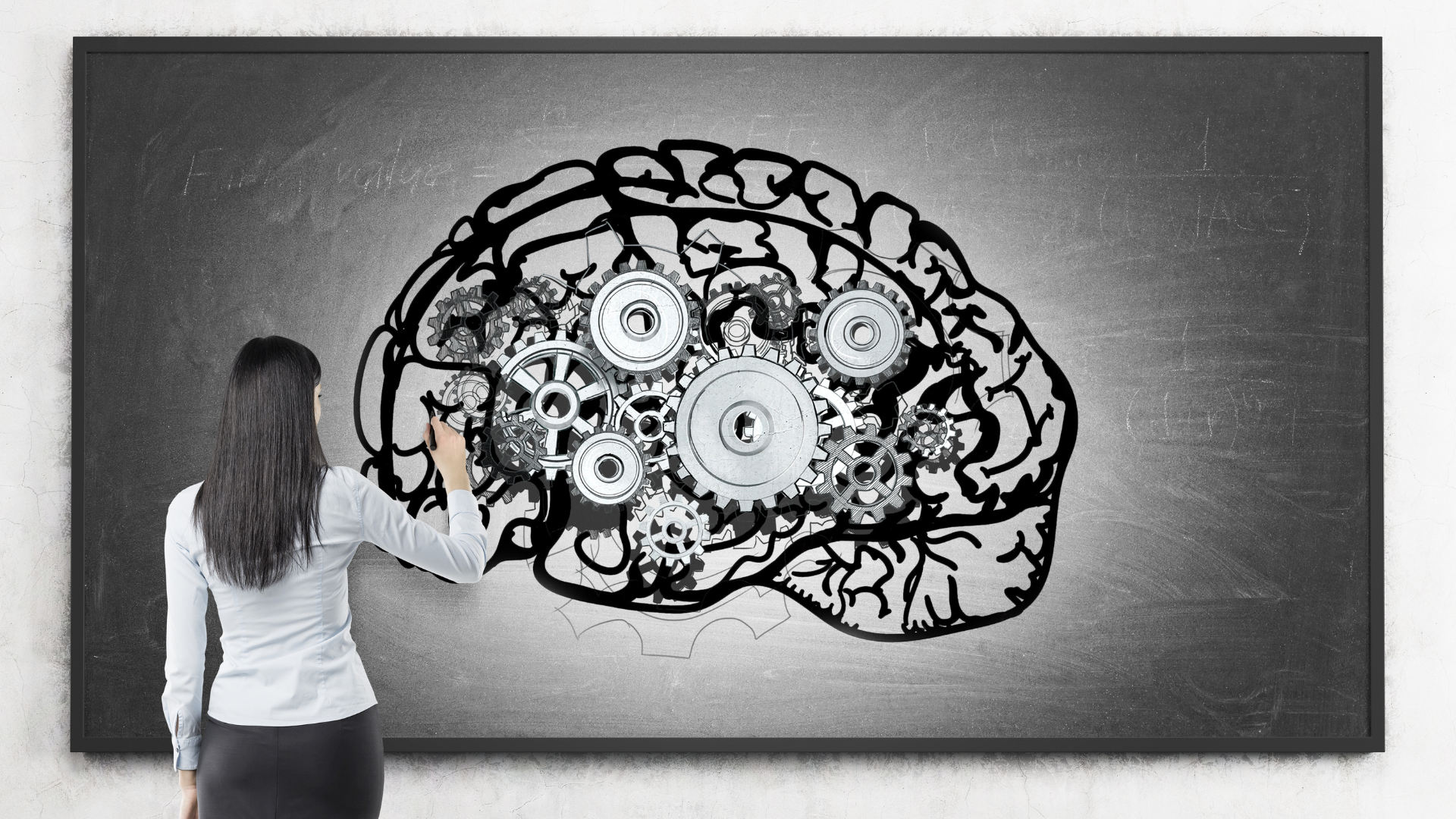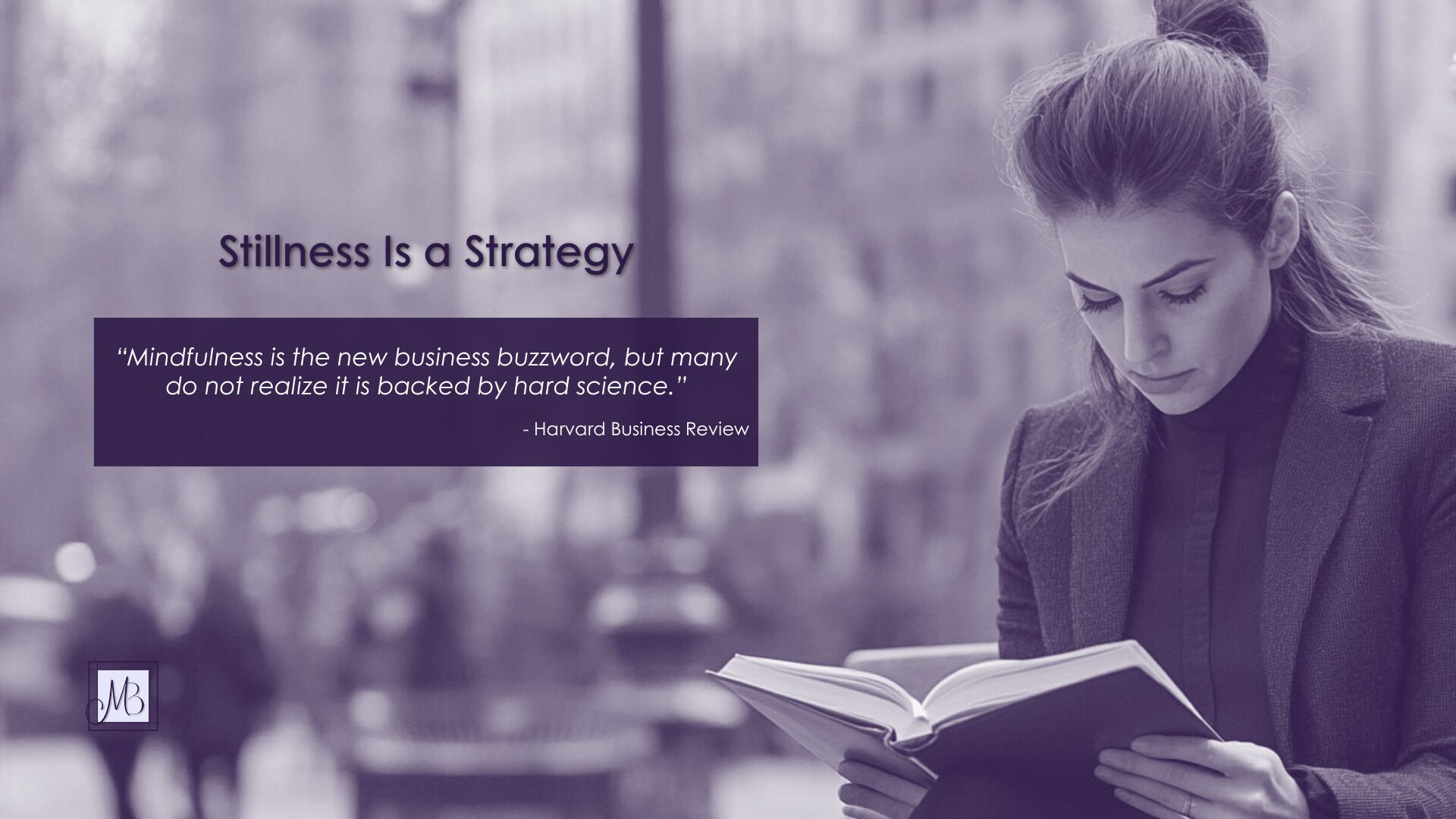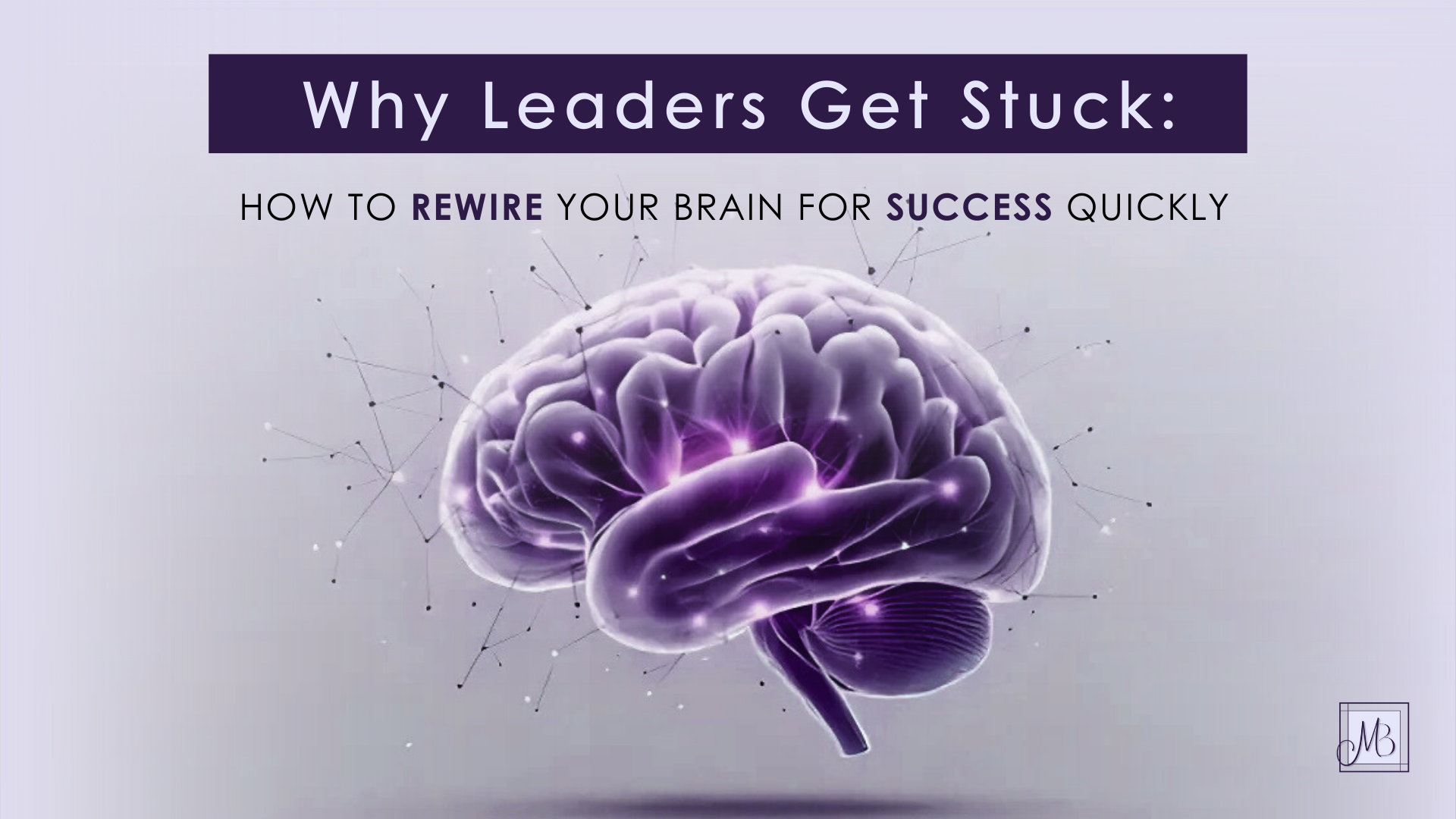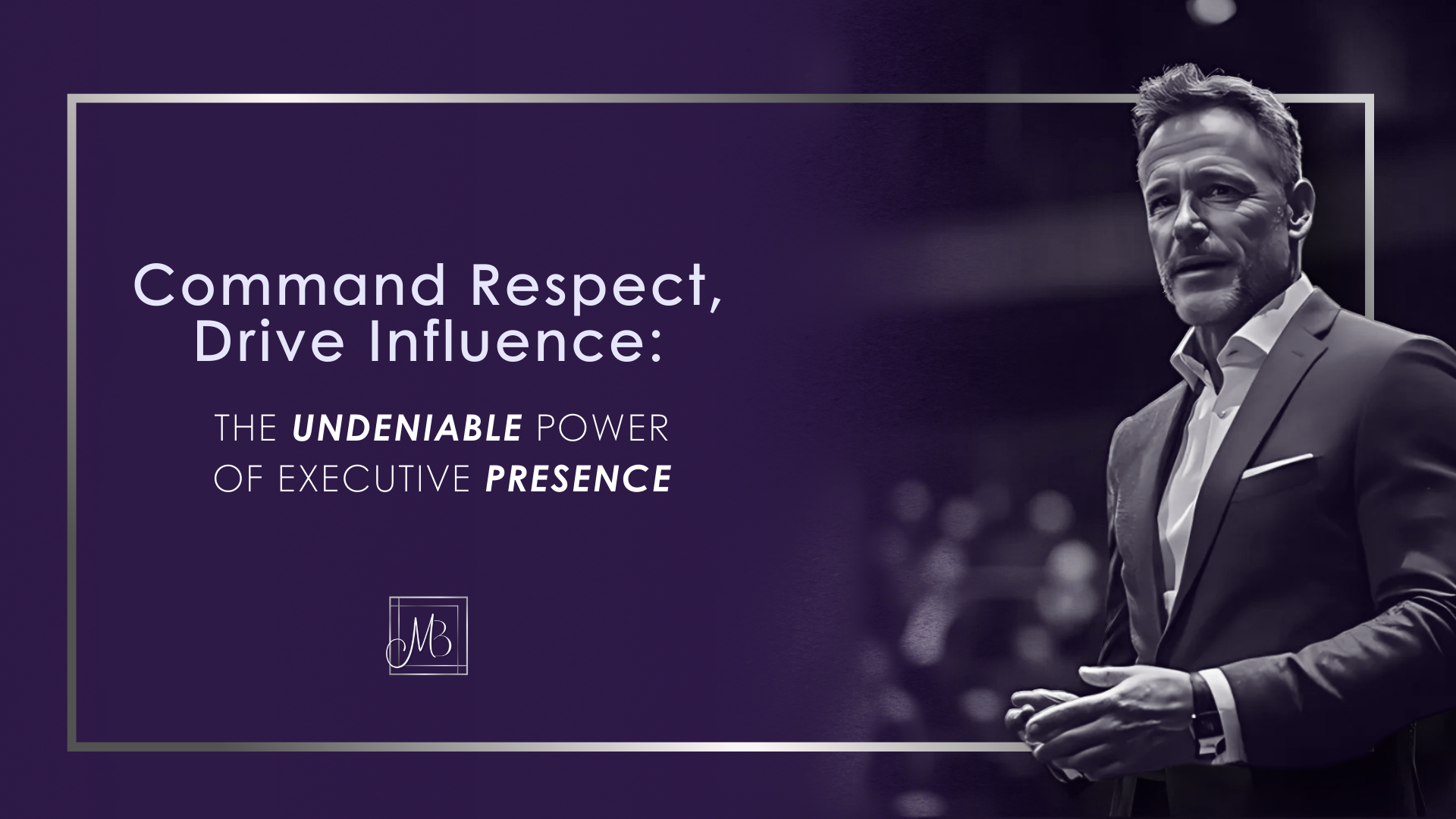Emotional intelligence is having its moment in leadership circles, but most people still get it wrong.
It’s not about being liked.
It’s not about being agreeable.
And it’s definitely not about avoiding conflict or suppressing your voice to keep others comfortable.
True emotional intelligence in leadership isn’t soft. It’s strong. Practicing well creates clarity, trust, and high performance, not tension masked by politeness.
What Emotional Intelligence Is Not
Let’s start by dispelling the myth that emotional intelligence means being nice.
It’s not nodding along in meetings to avoid tension.
It’s not staying silent to “keep the peace.”
It’s not avoiding direct feedback because someone might get uncomfortable.
I wrote in a previous blog that leadership isn’t about being right or liked. That truth sits at the core of emotionally intelligent leadership.
You’re not practicing EQ when you’re shrinking your voice to maintain an illusion of harmony.
You’re not being emotionally aware if you’re managing perceptions while quietly feeling misaligned.
When the Leader Isn’t Living It
One of the most common dynamics I see in my coaching work is this:
Leaders expect their team to communicate clearly, work collaboratively, take initiative, and deliver results. But when that same leader regularly avoids hard conversations, shuts down feedback, or lets ego run the room, they become the bottleneck.
Here’s the tension: they know they’re not practicing the emotional intelligence they preach. They’ll admit, “I’m aware I’m not showing up how I want to.”
But awareness without action doesn’t drive results. And their team knows it.
The cultural message becomes: “Do as I say, not as I model.” That gap between knowing and doing is often the barrier between good performance and great leadership.
A Client Snapshot in Progress
I’m working with a senior leader who has built a high-growth company, but he knows he’s the limiter.
He’s admitted, without defensiveness, that his style isn’t emotionally intelligent. He interrupts. He dismisses ideas quickly. He powers through problems instead of pausing to reflect. And yet, he’s asked his leadership team to step up with more ownership and empathy.
We haven’t even touched the personal patterns yet. Why? Because we’re starting with procedures.
We’re restructuring how decisions are made, feedback is collected, and meetings are run. We’re designing systems that neutralize his reactivity—so the organization can function more effectively, with or without his direct involvement.
And here’s what I know will happen next: Once the system begins working, his role in the dysfunction will become clearer. And that’s when we’ll be able to say—“This isn’t about your team. It’s about you.”
That’s the moment emotional intelligence becomes non-negotiable.
What Emotional Intelligence Looks Like in Practice
Emotional intelligence in leadership isn’t about managing emotions—it’s about leveraging them.
It looks like:
– Pausing before reacting, especially when the stakes are high.
– Creating space for disagreement without shutting down or dominating.
– Offering feedback that’s direct and respectful.
– Owning your impact, not just your intent.
– Making decisions that align with your values—even under pressure.
Most importantly, it looks like consistency, not perfection, but alignment between what you say and how you show up.
That’s what builds trust. That’s what fuels sustainable performance.
Final Thought
You don’t need to be perfect to lead well.
But if you ask others to step up while you stay comfortable, you’re not leading—you’re avoiding.
Emotional intelligence isn’t about empathy alone. It’s about responsibility, alignment, and courage.
And when you finally see yourself as the last hurdle, everything else starts to move.
What’s the emotional habit you know is getting in the way, but still haven’t addressed?





















